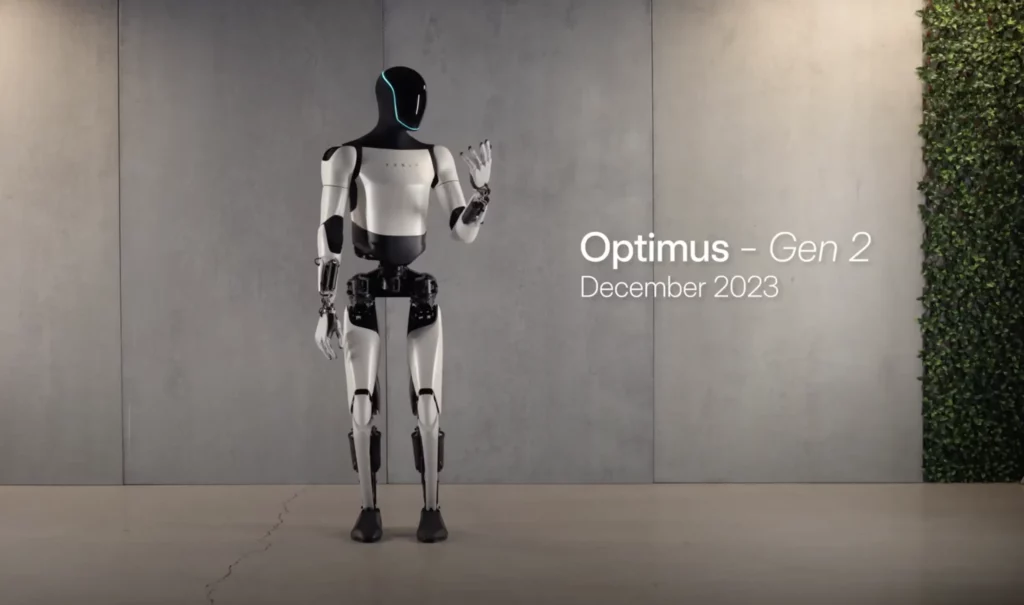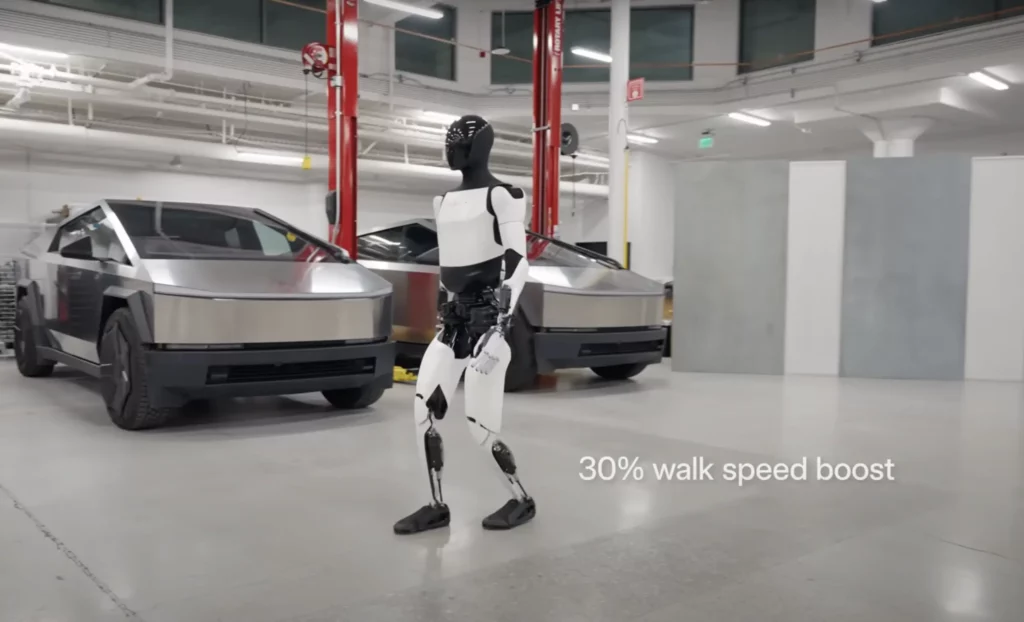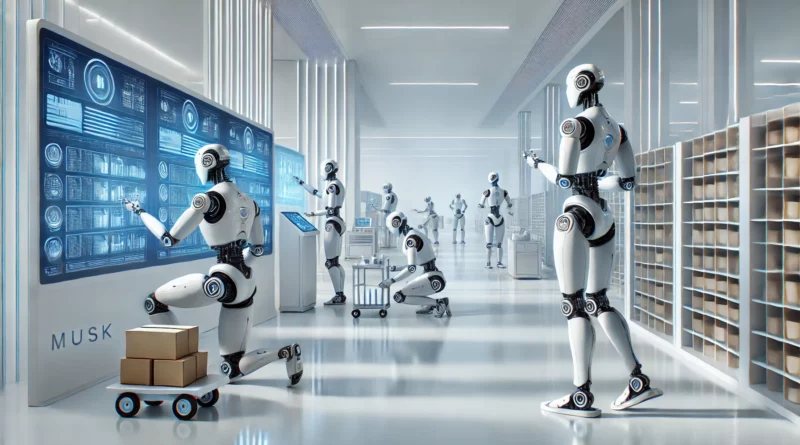The Revelation Behind Musk’s Bots: Remotely Controlled from Anywhere in the World
In a surprising twist revealed at a recent tech conference, Elon Musk’s humanoid robots—previously thought to be entirely autonomous—were found to have been remotely controlled in live demonstrations. As the crowd buzzed with curiosity, whispers of “revolutionary” and “game-changer” circulated in the room, for the potential implications of remote-controlled bots span far beyond what most of us had imagined. From providing care to patients in remote hospitals to assisting workers in hazardous conditions, Musk’s bots might just be the key to reimagining how we approach safety and connectivity in the workplace.
The Power of Remote Assistance in Healthcare and Nursing
The healthcare industry is one area poised for massive transformation if Musk’s bots become accessible and widely accepted. Imagine a highly skilled surgeon or nurse based in a major city providing hands-on care to patients thousands of miles away. A bot with the ability to be controlled in real-time means that skilled care could be delivered in underserved or remote regions, where the lack of trained professionals often limits the quality of available care. This opens up life-saving potential for places suffering from healthcare shortages.
Moreover, these bots could be customized for specific tasks, such as helping elderly patients with daily needs, monitoring vital signs, and performing routine check-ups, all under the supervision of medical professionals stationed elsewhere. Families would have peace of mind knowing that skilled caregivers can assist remotely, all while allowing their loved ones to remain at home.
Revolutionizing Dangerous Work Environments
In fields such as construction, mining, and oil rigging—where safety risks are often high—Musk’s bots could provide the solution workers have been waiting for. With the right programming and a skilled operator at a safe distance, a remote-controlled bot could perform high-risk tasks without putting a human worker at direct risk. These bots could enter areas unsafe for humans, whether due to radiation, extreme temperatures, or structural instability. By working from a distance, operators could even oversee multiple dangerous sites at once, amplifying safety and efficiency on a scale we haven’t yet seen.
Beyond just acting as a safeguard, these bots could become standard for routine operations in challenging environments, ensuring tasks are performed without exposing human workers to unnecessary danger. For oil rig inspections or assessing deep mining shafts, having an operator monitor and control the bot from afar would mean faster, safer operations, potentially transforming these industries from the ground up.

Low-Orbit Satellites: The Key to Global Reach
Now, let’s take a step back and think about Musk’s parallel endeavor—the low-orbit satellite internet network, Starlink. Designed to bring high-speed internet to remote and underserved regions, Starlink was, at first glance, a means of bridging the digital divide. But in the context of these new bots, the purpose appears almost symbiotic. By linking these bots to Starlink, Musk could create an army of remote-controlled helpers able to operate from even the most isolated places in the world.
In places where traditional internet is unavailable or unreliable, low-orbit satellite connectivity would allow remote operators to command the bots seamlessly. For emergency responders, for example, a bot could be dispatched to areas hit by natural disasters, navigating debris and searching for survivors—all under the control of a remote operator aided by satellite connectivity. The possibilities for this combination are staggering. From offering immediate disaster relief in places that otherwise couldn’t be reached to assisting isolated communities with daily tasks, a satellite-linked bot could be a literal lifeline for countless people.
The Road Ahead: Ethical and Practical Considerations
While the potential benefits are thrilling, some questions and challenges remain. Issues around data privacy, latency, and job displacement are already being raised. Moreover, people may be concerned about a “remote-controlled” world, with some uneasy at the idea of a remote presence in spaces once filled only by humans. Yet, as the technology evolves and these concerns are addressed, there’s little doubt that Musk’s bots—and others that follow—will make their mark across many fields.
This revelation has fundamentally changed the conversation about the future of robotics. Musk’s bots, it seems, were never just about creating autonomous machines; they’re about merging human skill with technological reach. And with a satellite link in every corner of the globe, those hands could reach almost anywhere.
In the future, when we look at Musk’s bots roaming in hospitals, work sites, and disaster zones, we may see them not as robots but as extensions of people stationed anywhere in the world, remotely transforming every corner of society.





great read
I would be using a service like this for my mother… she is 80 and needs often help.. Stairs, stilling standing! I cry to be able to use one. Elon Musk go go!! 😉